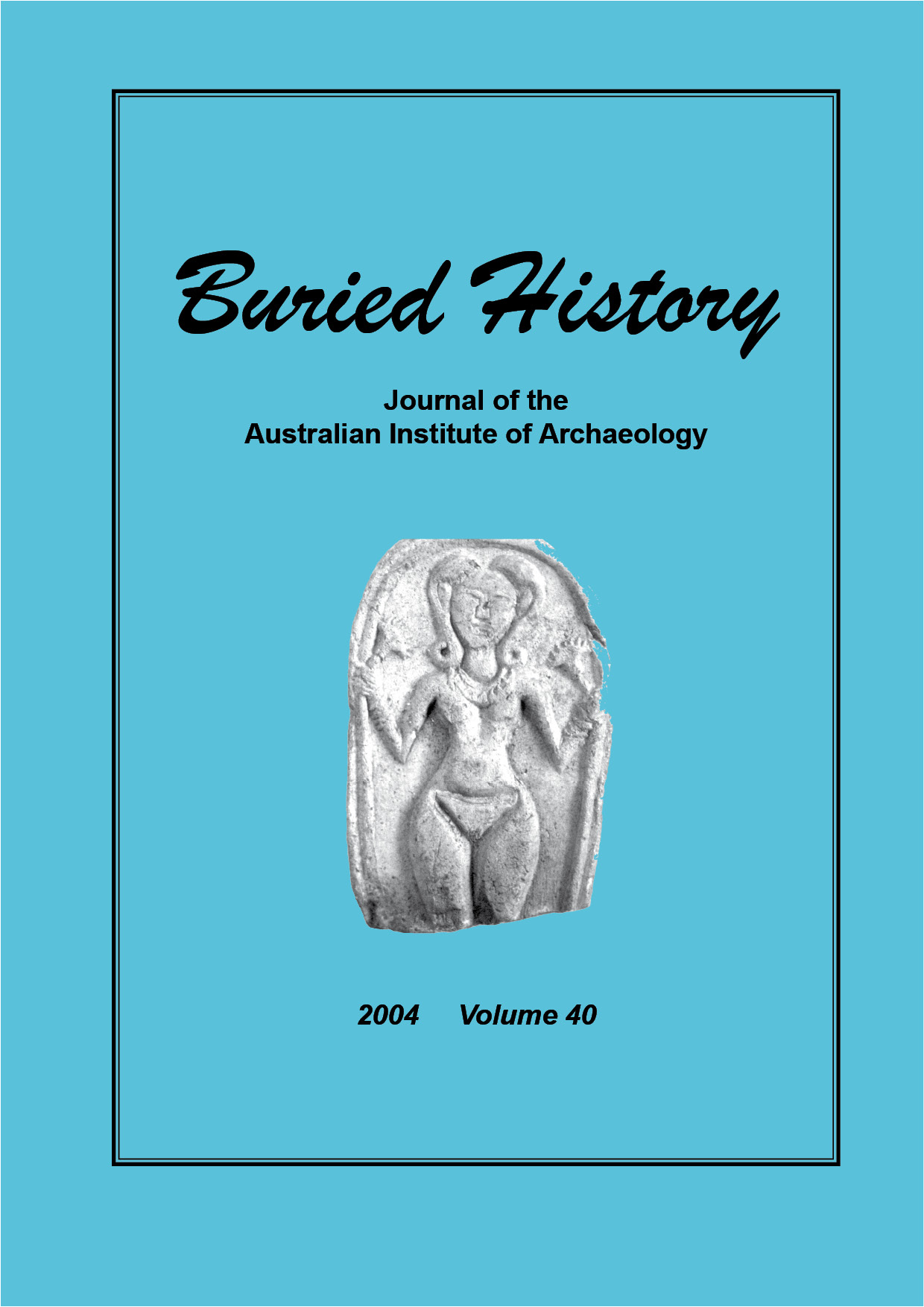Aspects of Christian Burial Practice
DOI:
https://doi.org/10.62614/n5ay4w02Abstract
Few early Christian cemeteries have been excavated in Egypt and consequently insufficient is known of the burial practices adopted by Christians in the late third and fourth centuries. The cemeteries at Ismant el-Kharab, ancient Kellis, in Dakhleh Oasis are an exception. To date, at least 560 graves in a large Christian cemetery have been excavated and their archaeology and the pathology of those interred well recorded. Christians established separate cemeteries from their pagan neighbours and were buried in simple pits aligned on a north-west axis, head to the west and without grave goods. During the 2000 to 2002 field seasons two large pagan mausolea were excavated: North Tombs 1 and 2. The remains of 35 individuals were retrieved from North Tomb 1 and at least 20 could be identified with confidence as Christian. The neighbouring North Tomb 2 preserved the remains of 34 bodies; none exhibited the burial traits that would identify them as Christian. This seemingly anomalous phenomenon of Christian burials in one pagan mausoleum but not its neighbour raised several questions relative to early Christian burial practices. In the 2003/4 field season, excavation was undertaken in a further six mausolea within the North Tomb Group; a major component of the research programme was to determine whether it was common practice for Christians to reuse pagan tombs for the burial of their dead and to consider the implications of the results. The results were conclusive; of the six tombs excavated, Christian burials were confined to North Tomb 1.
Downloads
Published
Issue
Section
License
Copyright (c) 2005 Gillian E. Bowen (Author)

This work is licensed under a Creative Commons Attribution-NonCommercial-ShareAlike 4.0 International License.




